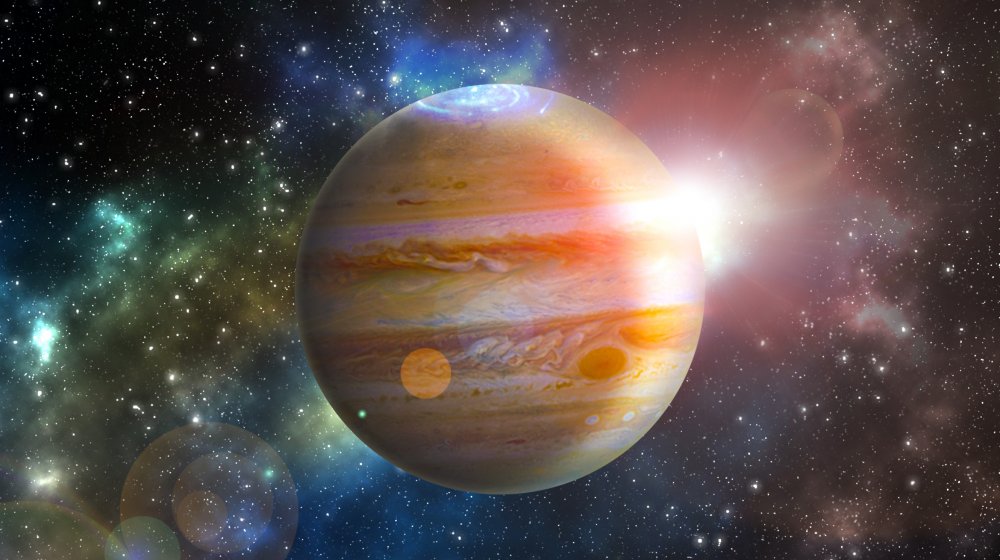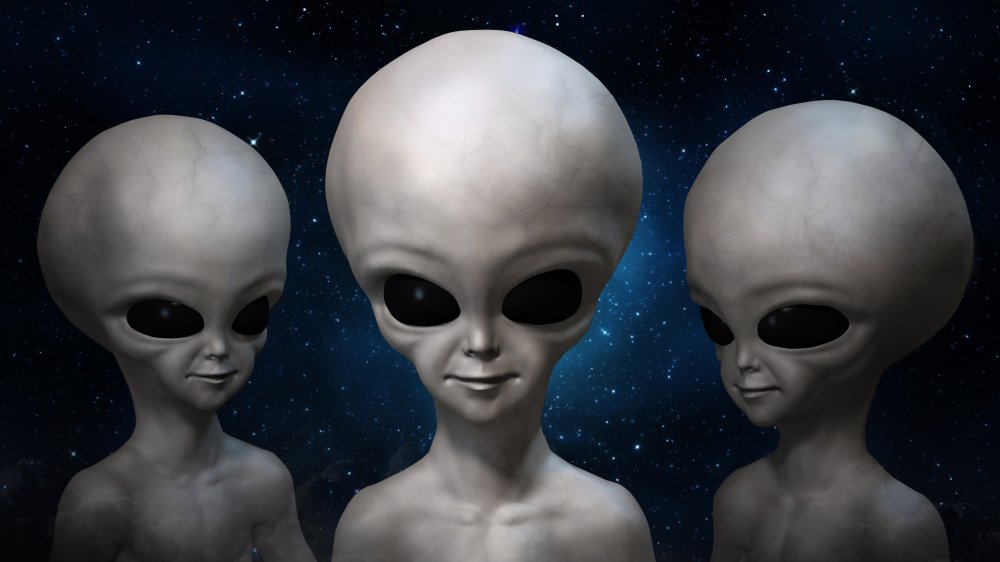NASA Just Found A Nearby, Earth-Like Planet
Modern telescopes, satellites and whatnot have found plenty of planets. However, things get really exciting when we find one that orbits its sun in the so-called habitable zone — the small fraction of the solar system that could theoretically support life. Well, guess what? NASA just found one of those. On January 6, 2020, the space agency revealed that its Exoplanet Exploration program's Transiting Exoplanet Survey Satellite (TESS) has located a roughly Earth-sized planet in the habitable zone of a star. The planet is called TOI 700 d, and it orbits a small, comparatively cool "M dwarf" star in the Dorado southern constellation region, some 100 light years away from us. We used to think that the star was much hotter, which would have made TOI 700 d too scalding to support life, but some researchers (including a high school kid called Alton Spencer, who apparently sometimes helps NASA out) noticed the error. The corrected parameters revealed TOI 700 d in all its potentially earth-like glory.
This is, of course, a Big Thing. TESS is NASA's newest "planet hunter" that is specifically designed to look for Earth-like worlds that may or may not orbit roughly "200,000 of the brightest stars near the Sun," and TOI 700 d is its first such discovery. Who knows what secrets the planet holds? Who knows what secrets all of those other 199,999 star systems hold? Exciting times!
So what does this discovery mean?
Let's get the obligatory question out of the way first: Will there be aliens? Well, we don't know, and NASA isn't about to start speculating at this point. We do know that TOI 700 d is the fourth rock from its sun, roughly 20 percent larger than Earth, and orbits its sun every 37 days. It's probably "tidally locked" to the star, which means that one of its sides is always in the dark and the other one in constant daylight. The energy it receives from its small star is about 86 percent from what Earth gets from the sun. As Forbes notes, current simulations indicate that the place might be an ocean-covered globe with a "dense, carbon dioxide-dominated atmosphere" close to what we think Mars used to have, or perhaps an ocean-free version of our own planet.
The key thing right now is that liquid water might be able to exist on TOI 700 d, which makes it a potentially habitable world — whether you want to imagine this means it's habitable for our great-great-grandkids in some strange, space-faring future, or for whoever else might theoretically already call it home, is entirely up to you. Apart from that, it might take a while before we can find out anything else a layman might find interesting. NASA is entirely open about the fact that things are still at the "future missions might find out whether there's even an atmosphere" stage.
Still, at least we can console ourselves with the fact that TOI 700 d isn't the only potentially habitable world science is peering at with interest. It's merely the first one discovered by TESS. Possibly earth-like planets previous systems have already discovered include Proxima Centauri b, Teegarden's Star, Luyten's Star, Wolf 1061c and Kapteyn's Star — all of which are quite a bit nearer to us than TOI 700 d. As we said, exciting times.

